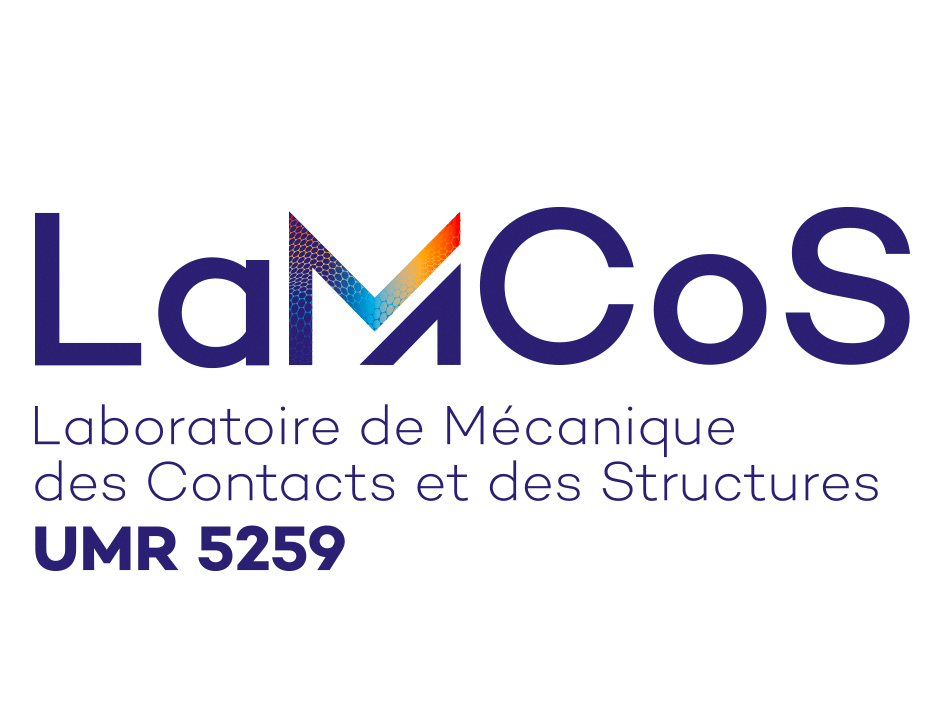From process to effective thermal-mechanical properties : Digital materials: from nanostructure/microarchitecture to effective properties
The aim of this area is to develop, using high-performance numerical methods, a relationship between the structure of materials and their effective macroscopic properties, in particular thermal and mechanical properties, by defining a continuum of heterogeneity scales (from the atomic scale to the microstructure of architected materials). This applies to a wide range of materials (dense, porous, composite) for a variety of applications.
Various models are being developed to characterise the homogeneous behaviour of a structured material: numerical homogenisation on non-periodic cellular materials by FE for mechanical properties and by Monte-Carlo method for thermal properties; the Coarse Graining method to explore the damage of architectural materials; molecular dynamics to characterise the behaviour of amorphous silica glass, in particular its damage and thermal properties.
This area also focuses on the development of microstructures that meet a given performance requirement, using multi-scale topological optimisation.
Various models are being developed to characterise the homogeneous behaviour of a structured material: numerical homogenisation on non-periodic cellular materials by FE for mechanical properties and by Monte-Carlo method for thermal properties; the Coarse Graining method to explore the damage of architectural materials; molecular dynamics to characterise the behaviour of amorphous silica glass, in particular its damage and thermal properties.
This area also focuses on the development of microstructures that meet a given performance requirement, using multi-scale topological optimisation.
